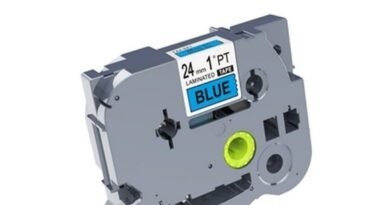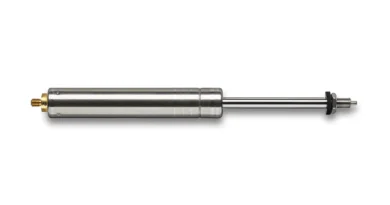Anti-Vibration Mountings: The Essential Foundations for Heavy-duty Machinery
The modern world operates on the crux of technology and machinery. From mammoth construction cranes that pierce the skyline to colossal industrial machines that produce goods we use daily, these pieces of equipment play an indispensable role in our lives. However, while they perform their functions, they also generate a lot of vibration. This is where anti-vibration mountings step in. These seemingly inconspicuous components are, in reality, the unsung heroes that ensure our machines operate smoothly, efficiently, and with longevity.
Understanding Vibrations in Heavy-duty Machinery
Machinery, especially heavy-duty ones, operate under intense conditions. The constant movement of parts, combined with the heavy loads they bear, leads to the generation of vibrations. While vibrations might seem harmless, they can, over time:
- Lead to wear and tear, decreasing the lifespan of the machinery.
- Cause noise pollution, which affects both operators and the environment.
- Result in structural damages, especially if the machinery is placed on a platform or within a building.
Thus, it’s clear that while vibrations are an inherent part of machinery function, they need to be managed effectively.
What are Anti-Vibration Mountings?
Anti-vibration mountings, commonly known as AV mounts, are specially designed components that are placed between the machine and its foundation or platform. Their primary function is to absorb, isolate, and reduce the vibrations produced by the machinery.
Constructed from a mix of materials – including rubber, metal, and sometimes even gel – these mountings come in various shapes and sizes, tailored to the unique requirements of different machinery.
The Mechanism Behind Anti-Vibration Mountings
The efficiency of AV mounts is grounded in their design and material composition. The rubber or gel components act as dampeners, absorbing the shocks and vibrations, while the metal parts give structure and stability to the mounting.
When machinery operates, the vibrations generated are transferred to the mountings. The mountings compress and expand, acting like cushions, thereby converting the vibrational energy into heat which is then dissipated. This ensures that only minimal vibrations, if any, reach the foundation or platform upon which the machine is placed.
Benefits of Using Anti-Vibration Mountings
The use of AV mounts in heavy-duty machinery offers several advantages:
- Extended Equipment Lifespan: By reducing the continuous impact of vibrations, AV mounts decrease wear and tear, ensuring that machinery components last longer.
- Improved Operator Comfort: Machines that vibrate excessively can be uncomfortable, if not outright hazardous, for operators. By reducing vibrations, AV mounts make it safer and more comfortable for individuals working around or on these machines.
- Noise Reduction: Vibrations are a significant source of noise in industrial settings. By limiting these vibrations, AV mounts contribute significantly to reducing noise pollution.
- Structural Protection: For machinery housed within buildings or on platforms, excessive vibrations can damage the structural integrity of these establishments. AV mounts safeguard against such damages.
- Cost Savings: While there’s an initial investment in purchasing and installing these mountings, the long-term savings in terms of reduced maintenance costs, extended machinery lifespan, and decreased downtime more than make up for it.
Choosing the Right Anti-Vibration Mounting
Given the diverse range of machinery, it’s essential to select the right AV mount for your needs. Some factors to consider include:
- Type of Machinery: The kind of machinery and its vibration characteristics play a pivotal role in determining the type of mounting needed.
- Weight of the Equipment: Heavier machinery would require robust and durable mountings compared to lighter equipment.
- Operating Environment: Factors such as moisture, temperature, and chemicals present in the environment can influence the choice of mounting material.
- Frequency of Vibrations: Different mountings are designed to handle various vibration frequencies. It’s essential to match the machinery’s vibration frequency with the right kind of mounting.
Conclusion
In a world dominated by heavy-duty machinery, it’s easy to overlook the foundational components that keep these machines running smoothly. Anti-vibration mountings, though often unseen, play a critical role in ensuring our industrial giants function optimally. By understanding their significance and ensuring their correct selection and installation, industries can ensure prolonged machinery life, improved efficiency, and reduced operational costs.




